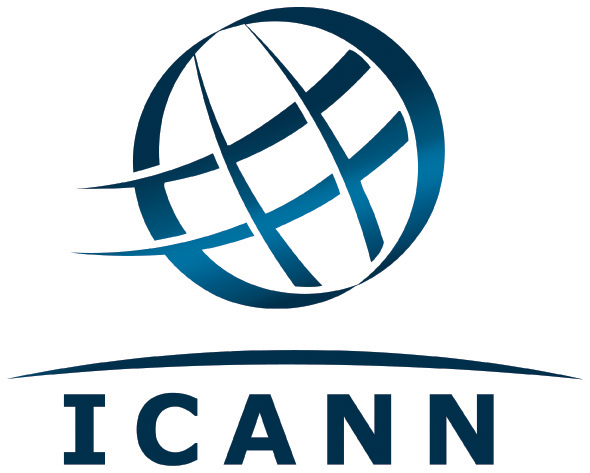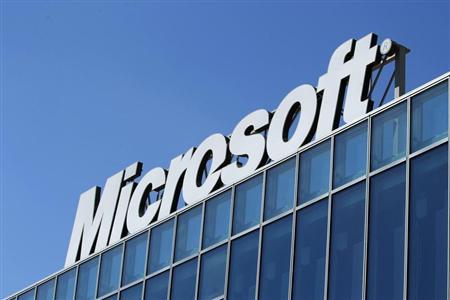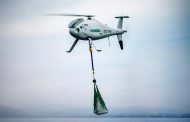 Visitors to Brazil for the 2014 soccer World Cup will not be able to use the latest wireless technology operating on a frequency used widely in the United States and Europe, the head of telecom regulator Anatel told Reuters.
Visitors to Brazil for the 2014 soccer World Cup will not be able to use the latest wireless technology operating on a frequency used widely in the United States and Europe, the head of telecom regulator Anatel told Reuters.
Anatel president Jõao Rezende said in an interview that the 700 MHz spectrum won’t be ready for the big event. Instead, he said, tourists can buy local 4G chips that will work on Brazil’s 2.5 GHz network – or settle for slower service.
Uncertainty about the readiness of Brazil’s wireless network has added to concerns among organizers, who have also spoken out about lagging transportation investments and missed deadlines for construction of stadiums.
Last June Brazil auctioned rights to fourth-generation (4G) operations in the 2.5 GHz spectrum, requiring that mobile carriers have the new technology ready in the host cities for the World Cup and this year’s Confederations Cup, a dress rehearsal for the big event.
Some in the industry had held out hope that Brazil would also free up the lower 700 MHz frequency for mobile phones in time for fans’ arrival. Smartphones designed for one 4G frequency will not always work on another, forcing users to settle for 3G coverage.
“People will end up buying a chip here,” Azende said in an interview at his offices. “Aside from corporate transmissions, the average consumer will avoid roaming … The barrier isn’t technological, it’s financial.”
Brazilian regulators are working to transition television broadcasts out of the 700 MHz spectrum to allow wireless carriers to use lower band, which requires fewer antennas for the same coverage compared with the 2.5 GHz band.
FIFA spokesman Walter de Gregorio told journalists on Wednesday that wireless infrastructure was among the top concerns ahead of the World Cup.
“One of the big challenges I see is telecommunications. We rely on what they say and they say it will be ready,” said Gregorio. “Maybe they should fix 3G first. Maybe they will jump from 2G to 4G.”
Source : Reuters





































